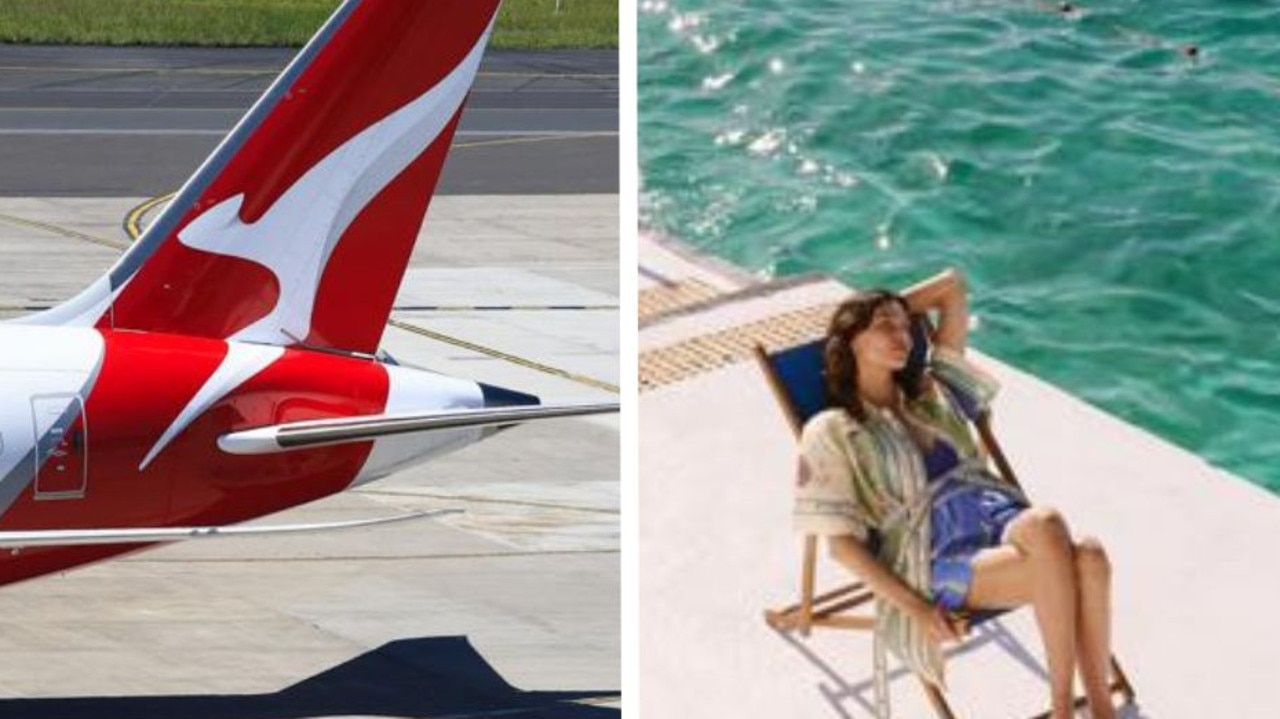Seven ways New York City tourists get swindled
TAKE it from these native New Yorkers — there are plenty of ways con artists try to scam tourists in the Big Apple. These are the main ones to watch out for.
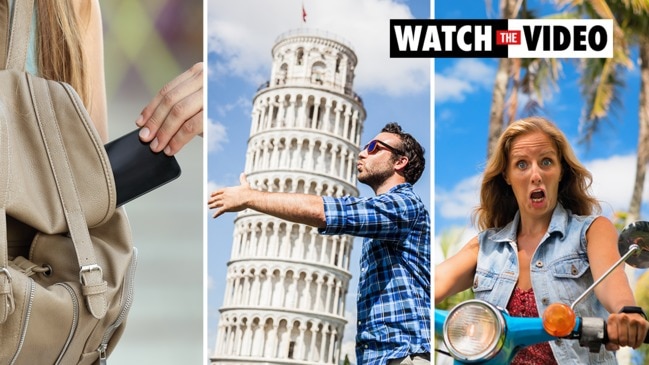
WHILE there’s almost too much to love about New York City, the insidious ways it can siphon off your hard-earned cash is not one of them.
The city is expensive. For many travellers, there are amazing international trips that cost less than just two nights in the Big Apple.
But there are also many scams that plague tourists visiting New York City. These are the most common (and sometimes baffling) scams that are used to prey upon unsuspecting tourists.
Take it from Oyster.com’s native New Yorkers and don’t fall for them the next time you’re visiting NYC.
1. Pedicabs in Central Park and Midtown Manhattan
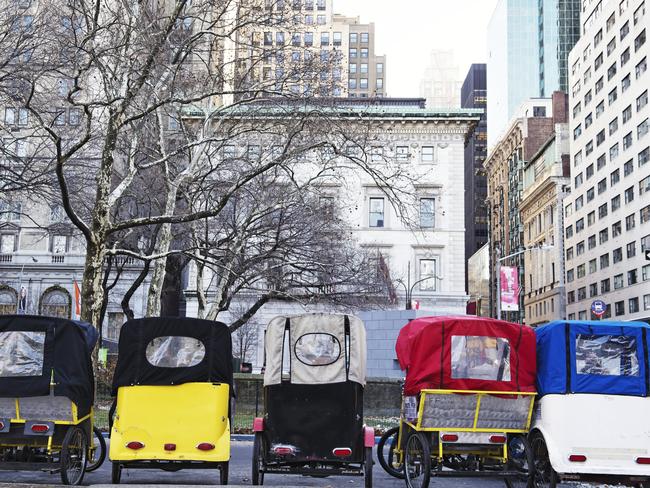
You’ve probably seen these before: passengers sit snuggled in the rear cab while a friendly driver on bicycle pedals them around Central Park and Midtown, explaining the sights along the way. The issue often revolves around unclear rates, whether or not there are extra fees, and how the trip is timed.
To help combat any potential consumer abuses, the city has worked on regulating the industry and certain rules are in place. All pedicabs are required to post clear signs indicating the per minute charge — and yes, we said per minute.
Pay attention, as pedicabs often move quite slowly — they’re human powered, after all — and bills can add up quickly.
Keep in mind that under law, no additional fees can be charged — a regulation that will be clearly posted on any pedicab that’s legally allowed to operate in the city. However, enforcement isn’t always a given and tourists still remain easy targets.
2. The “Buddhist” monks
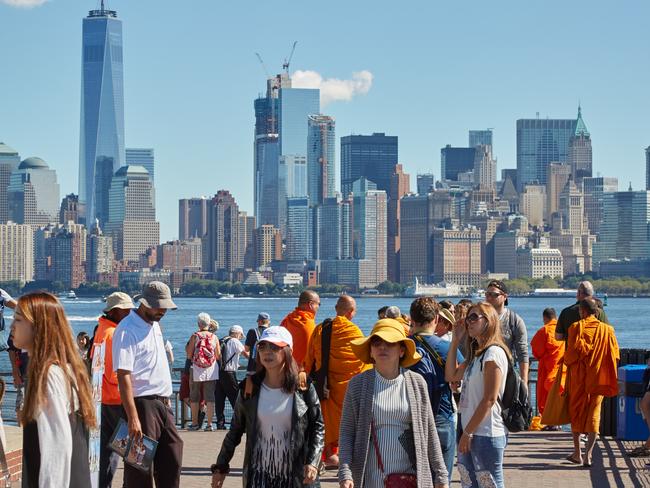
With their signature orange, golden, or crimson robes and shorn heads, Buddhist monks are a fairly recognisable sight around the world. Unfortunately, in New York City, some residents have chosen to prey upon the deferential respect automatically paid to men and women of the cloth.
Throughout Manhattan, there are fake monks — locals who don the costume of a monk and aggressively ask for donations, but who don’t use the money for any charitable causes.
This is a worldwide phenomenon. The tactics can be hard for those not familiar with Buddhism to recognise, but in NYC, the fake monks have been known to offer medallions in exchange for donations, though if they’re denied, they often continue pressing tourists for money.
Here’s a tip: if you spot native New Yorkers — the ones walking in a fast and focused manner — bypassing these monks, they’re probably not real.
And if you spot these monks in Times Square or around the city’s major parks, like the High Line and Central Park, it’s probably safe to assume your money isn’t going to any charitable causes.
3. Fake MetroCards and subway swipes
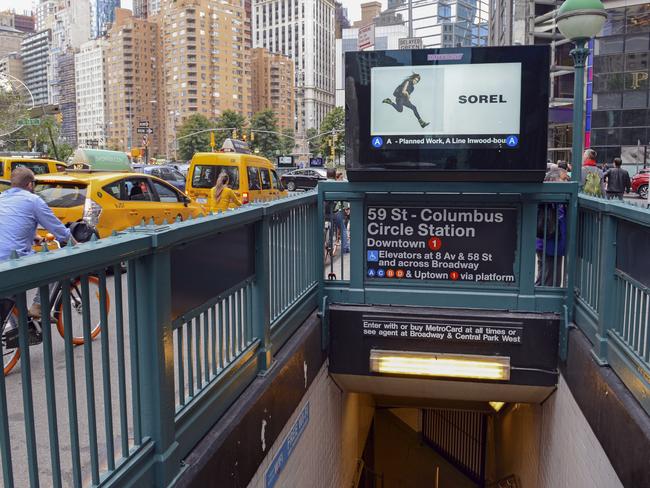
New Yorkers love the subway — except when it’s delayed and we hate it, which happens a lot — but there are numerous in-station scams that can dupe disoriented tourists who aren’t paying attention.
Plus many stations no longer have booths manned by agents, meaning there’s sometimes no oversight at all.
Scams come in a few different forms. Sometimes you’ll find a man or woman posted up next to turnstiles, offering swipes for a set price. In scenarios like this, the person may have manipulated almost all turnstiles in a given station (and even the MetroCard machine) so they can’t be used, essentially forcing the traveller into their turnstile or to buy a swipe. Locals will likely have an unlimited or prepaid MetroCard, and can continue unimpeded.
We recommend you buy your first MetroCard with enough swipes on it in major stations like Times Square, Columbus Circle, West 4th Street, or any of the 14th Street stations before you start cruising around the city.
Alternatively, someone may offer to sell you MetroCards, though these may be worth less than you’re being charged for them. Only buy your MetroCard from an agent or the machines in a subway station, otherwise you’ll likely be out some cash. Certain bodegas and tourist outlets also sell them, and these are generally safe to purchase as well.
4. Midtown Manhattan discount electronics stores

Take it from us: do not ever buy electronics from one of the many stores selling cameras, headphones, iPhones, and any other electronics that crowd the avenues and streets of Midtown Manhattan from 34 Street to Central Park South.
In a desperate moment, one Oyster.com editor found himself paying well over $40 (A$51) for a pair of SkullCandy headphones that cost less than $20 in Best Buy, the American electronics store.
While many of these stores advertise steep discounts on their wares, the initial prices are so inflated that even 50 per cent off still comes in far higher than you’ll find at chain electronics stores. Additionally, for large-scale purchases, these stores are highly unlikely to insure any of their goods, making breakage and malfunctioning products a major financial loss should something go wrong.
5. The costumed characters of Times Square

You couldn’t pay us to hang out in Times Square, but we realise that plenty of visitors to New York make a beeline to this most congested and brightly lit of spots in town.
For years, characters of all stripes, from superheroes to folks in Disney costumes, have multiplied like rabbits in the city’s touristy haunts. Travellers posed with their children, to mostly delightful ends, and parted with a few dollars for the privilege of a photograph. And then everything seemed to go haywire.
Videos of costumed Elmos spouting anti-Semitic comments at tourists and stories of Spidermen harassing tourists for ludicrous sums of money, proliferated for as the number of costumed characters grew without end.
In response, the city created entertainment zones within Times Square to regulate where the characters could stand. This has helped calm things down a bit, though you shouldn’t expect a free picture — be sure to hook the character up with at least a dollar or two.
Demands over that can be exorbitant — and common — so be prepared to part with a little more cash, unless you’re looking for trouble.
6. “Free” comedy
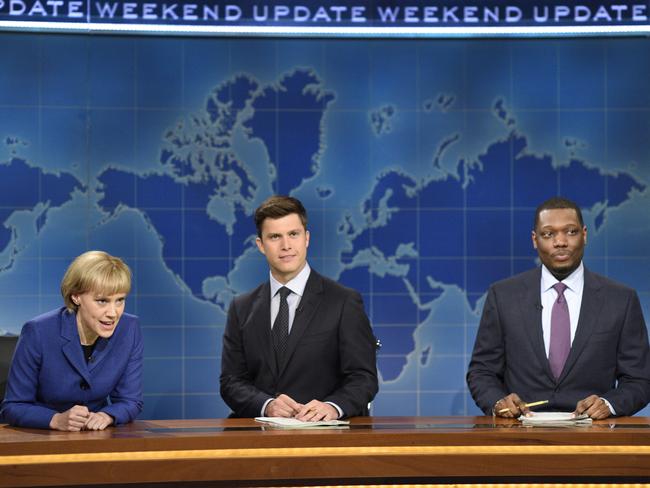
This scam is almost exclusively found in and around the so-called Crossroads of the World. It’s virtually impossible to walk through Times Square without being offered free tickets to a comedy show.
First: it’s not really free. A mandatory two-drink minimum is the norm, and each of those sugary cocktails might run you $15 (A$19) a pop.
Second: it’s rarely funny. Most clubs advertise a celebrated legacy, and may even flash a famous comedian’s name in big bold letters on their signage, but that very person is highly unlikely to be there, and you’ll be stuck with second-rate acts all night long.
Broadway Comedy Club, on West 53rd Street, is notorious for these practices, but it’s not alone.
For a real dose of the city’s humour, seek out some off-off Broadway that tickles your fancy (there’s always ample downtown) or catch some improv at Upright Citizens Brigade or opt for a free taping of Saturday Night Live.
7. Parking pains
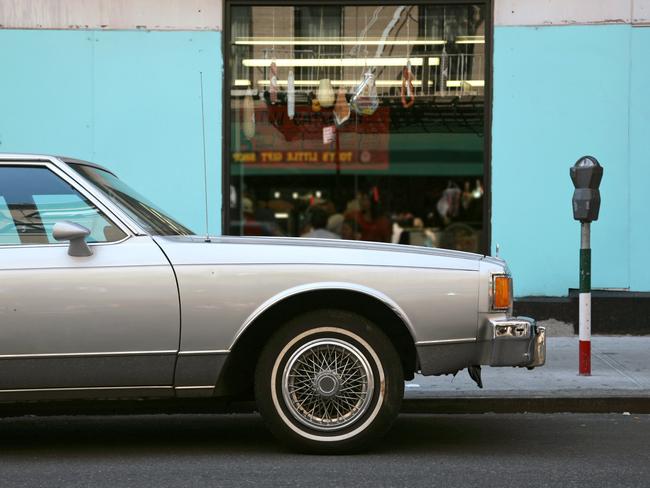
This is one for tourists who have rented a car for their US holiday. Parking is a nightmare in Manhattan, but it’s made worse by unscrupulous garages. Every day, the fine print on these signs — print that’s hardly readable by someone driving by — dupes people out of a small fortune.
The most common trick: The sign posts a low rate (say, $10), but this rate is only good for the first half-hour and after that the rate doubles (or more). Adding to the madness, there are sometimes different rates during unknown events, on weekends, and at peak hours.
You’ll also be charged for retrieving your car even if it’s just to grab a forgotten item. On top of all this, an 18.375 per cent tax is charged on the already extortionate rates — and hotels aren’t exempt.
In the rare case that a hotel offers on-site parking, you’ll be paying at least $50 (A$64) per day, if not more, plus taxes. You’ll also likely not be given any in-and-out privileges (meaning that once you’ve parked, you’re not getting your car back until you leave).
Take a cab or the subway — you’ll spare yourself serious headaches.
RELATED LINKS:
• The 9 surprising travel scams you need to know about
• The scary new ATM scam that’s targeting travellers
• 8 Surprising airport scams you probably didn’t know about
— With additional reporting by Kyle Valenta.
This article originally appeared on oyster.com.au.



